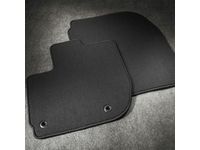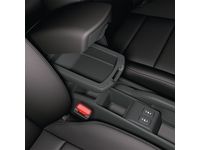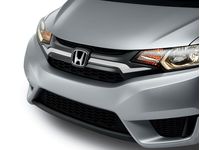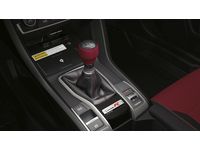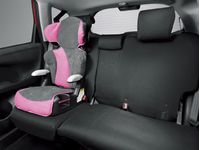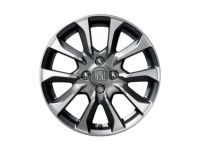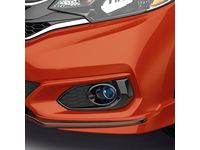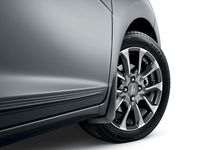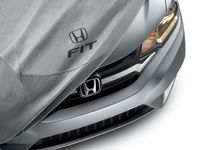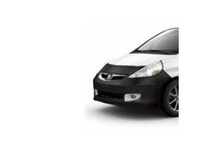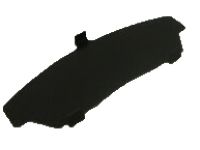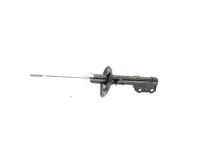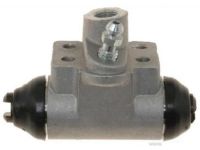- Hello
- Login or Register
- Quick Links
- Live Chat
- Track Order
- Parts Availability
- RMA
- Help Center
- Contact Us
- Shop for
- Honda Parts
- Honda Accessories

Why choose HondaPartsNow
- Unbeatable Prices
HondaPartsNow.com is your prime online source for discounted prices. We offer high-quality options for your vehicle that can't be found anywhere else. HondaPartsNow.com offers genuine parts at discounted prices, allowing you to keep your vehicle running at its peak without straining your budget.
- Dedicated Service
HondaPartsNow.com ranks second to none in devoted customer service. We strive to exceed the customer's expectations and build relationships with the customers. We are always ready to assist you with any inquiry or detail about your vehicle's parts and accessories.
- Rapid Delivery
HondaPartsNow.com is devoted to combining genuine Honda Fit parts and accessories with fast and affordable shipping. Most items listed in our catalog are in stock and are shipped out promptly after the order has been successfully processed. This guarantees you receive the parts your vehicle needs without needing to leave your home in just a matter of days.
Popular Genuine Honda Fit Parts
- Electrical / Exhaust / Heater / Fuel Parts View More >
- Chassis Parts View More >
- Engine Parts View More >
- Interior / Bumper Parts View More >
- Body / Air Conditioning Parts View More >
- Accessories View More >
Shop Genuine Honda Fit Parts with HondaPartsNow.com
The Honda Fit, also known as the Honda Jazz, is a globally popular compact car produced in various plants worldwide, hitting nearly 5 million sales by mid-2013. The Fit utilizes Honda's global small-car platform, which it shares with the City, Airwave, first-generation Mobilio, Freed, and HR Fiber. It showcases a distinctive 'one-box' or 'minivan' design, featuring a forward-facing fuel tank and flexible seats, dubbed Magic Seats by Honda, capable of various folding arrangements for versatile load handling. The vehicle debuted in North America at the Detroit International Auto Show in 2006 and has been a popular choice due to its space-efficiency rivaling larger vehicles. The Fit offers different engines, including i-DSI or VTEC, all based on Honda's L-series. A hybrid version, launched in Japan in October 2010, offers a 1.3-liter engine combined with an electric motor, boasting fuel efficiency of 3.3 liters per 100 km. The third-generation model, debuted in 2013, retained the central fuel tank and Magic Seating features, introduced a potent hybrid model equipped with an internal combustion engine, MPS, and a lithium-ion battery, and replaced the previous SOHC engine with a new 1.5-liter DOHC i-VTEC engine. The fourth-generation Fit was designed with electrification in mind, using Honda's new i-MMD dual-motor hybrid system, providing an enhanced driver view with a flat dashboard and portable instrument cluster, and hiding windshield wipers under the hood's upper edge. Available with a six-speed manual transmission or a CVT, the Fit continues to offer versatility and efficiency.
The Honda Fit, a popular hatchback among families, has common issues that owners need to be aware of for maintaining its quality. The first significant issue is power steering failure, which can suddenly make the steering wheel loose or shaky, leading to a loss of control. Warning signs include clunking noises and excessive vibrations, often requiring checks on the power steering hose, steering knuckle, control arm bushing, and tie rod end. The second prevalent problem is the persistence of the Check Engine Light, which could be due to several engine-related issues such as a blown-out spark plug, clogged air and oil filters, or a defective ignition coil. A decrease in engine performance and an increase in fuel consumption, coupled with starting problems, often accompany this issue, warranting checks on the oil filter, air filter, spark plug, cylinder head, and ignition coil. Maintaining the quality of a Honda Fit requires regular attention to components like the wiper blades, which, due to exposure to harsh weather, need replacement every six months. The same applies to the cabin air filter, wiper arm, and headlights.
OEM parts are made and tested to Honda's official factory standards. They go through the strict manufacturing processes to maximize perfections. We provide an extensive catalog of genuine Honda Fit parts, including Transmission - Automatic, Transmission - Manual, all offered at the market's best prices. With manufacturer-backed warranties for all OEM Honda Fit parts, your purchases are secure. Additionally, our worry-free return policy ensures a risk-free shopping experience.
Honda Fit Parts Questions & Answers
- Q: How to replace Brake Pads on Honda Fit?A: Remove the cap from the brake fluid reservoir and loosen the front wheel lug nuts. Raise the vehicle and support it securely on jackstands, then block the wheels. Remove the wheels and inspect the brake disc. Push the piston back into its bore and use a C-clamp if necessary. Follow the pad replacement procedure and tighten the mounting bolts to the torque. Tighten the wheel lug nuts and firmly depress the brake pedal a few times. Check the level of the brake fluid and check the operation of the brakes before placing the vehicle into normal service.
- Q: How Should I Handle Strut or Coil Spring Wear on Honda Fit?A: If signs of wear are present, check cost and availability of parts before disassembling. Remove strut and spring assembly, then mounting base. Install spring compressor and relieve pressure from upper spring seat. Remove piston rod nut and strut bearing. Inspect bearing for smooth operation. Replace rubber spring seat if necessary. Carefully lift compressed spring from assembly. Slide dust boot off piston rod. Check lower insulator for wear, cracking and hardness. Replace if necessary. For reassembly, set lower insulator into position. Extend damper rod and install dust boot. Place coil spring onto lower insulator. Install upper insulator and spring seat. Install upper spring seat and strut bearing. Install strut piston rod nut and tighten. Remove spring compressors. Install mounting base and strut coil spring assembly.
- Q: How to replace a Wheel Cylinder on Honda Fit?A: If replacement is warranted, usually because of fluid leakage or sticky operation, explore all options before beginning the job. New wheel cylinders are available, which makes this job quite easy. Never replace only one wheel cylinder. Always replace both of them at the same time. To remove, first remove the rear brake shoes. Using a flare-nut wrench, if available, disconnect the brake line fitting from the wheel cylinder. To detach the wheel cylinder from the brake backing plate, disconnect the brake line fitting, then remove the wheel cylinder bolts. Plug the end of the brake line to prevent fluid loss and contamination. Remove the two bolts securing the wheel cylinder to the backing plate and remove the wheel cylinder. Installation is the reverse of removal. Tighten the wheel cylinder mounting bolts and line fitting securely. Install the brake shoes and brake drum. Bleed the brakes. Carefully test the brakes before resuming normal operation.














































